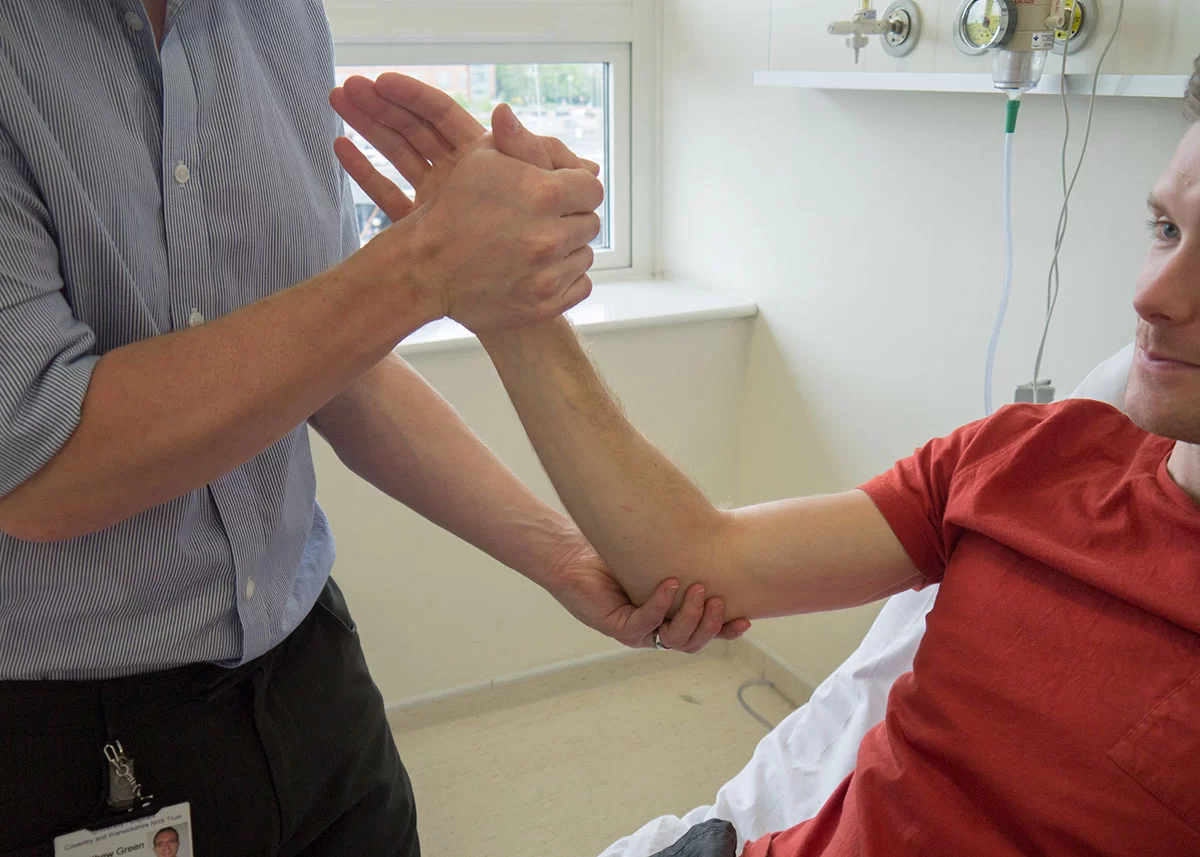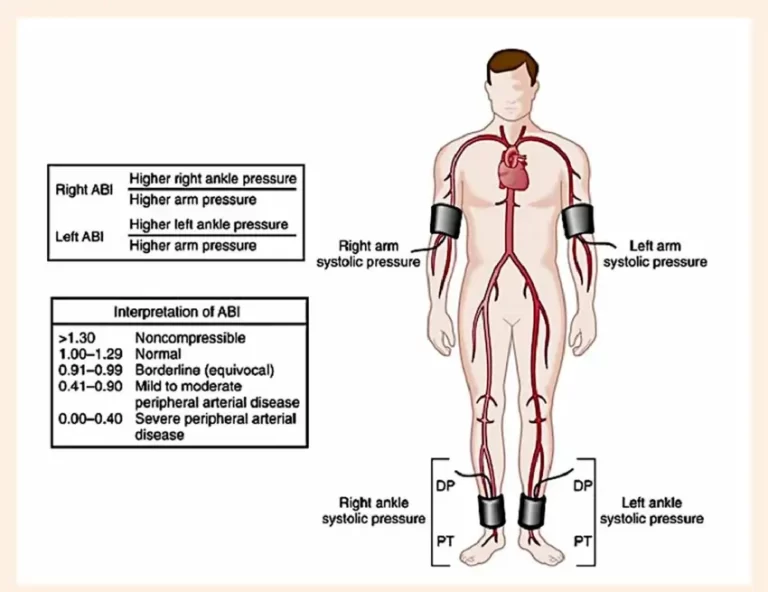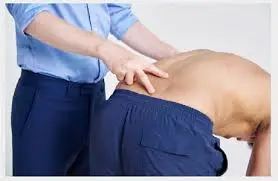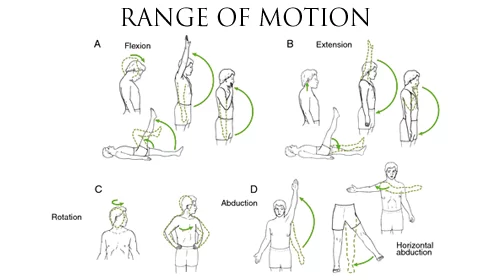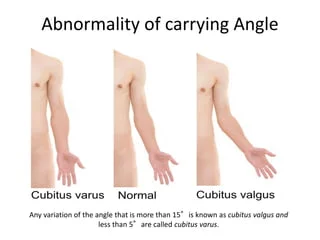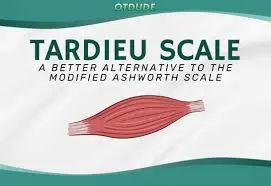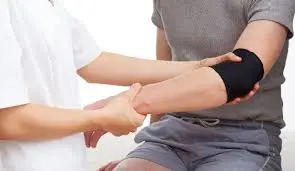Voluntary Control Grading
What is Voluntary Control Grading?
When voluntary control grading, one usually looks at how well the person can start, maintain, and coordinate movements in certain body areas that are impacted by spasticity or motor deficits. It offers a baseline for monitoring development or assessing the efficacy of treatment approaches and aids in assessing the degree of functional limits.
Severe spasticity can be used to grade voluntary motor control for motions that are impossible in cases of cerebral palsy, hemiplegia, and other conditions.
While certain sluggish motions may be possible with mild spasticity, they will need excessive effort, and atypical coordination, and will make delicate movements of the limbs, particularly those involving the distal portion difficult or impossible.
Voluntary Motor Control Grading.
- 1+ – An aircraft with a third of its mobility possible was annihilated by gravity.
- 1++-Plane with probable second and third movements removed by gravity.
- 1+++: The plane’s whole range of motion was eliminated by gravity.
- 2+ – Against gravity 1/3rd movement possible.
- 2++ – Against gravity 2/3rd movement possible.
- 2+++ – Against gravity full range possible.
- 3+ – With resistance and against gravity, a third of mobility is attainable.
- 3++: The second and third movements are feasible while resisting gravity.
- 3+++ – With resistance, complete movement against gravity.
- 4 – Skilled movement.
Synergy:
Abnormal, stereotyped, primitive, mass movement patterns linked to spasticity that may be elicited both automatically and consciously are known as synergy patterns. One type of synergy is the flexor or extensor. They entail the coordinated contraction of certain muscles that result in an abnormal pattern unsuitable for carrying out daily tasks.
Certain muscles are always engaged in hemiparesis, which ultimately results in an odd, abnormal mass movement pattern and attitude that is typical of many hemiparesis sufferers.
For unknown reasons, the anti-gravity muscle is always affected by spasticity. Nonetheless, it is assumed that in a neutral posture, these anti-gravity muscles are comparatively more strained than pro-gravity muscles, activating the stretch reflex and causing spasticity.
Unusual Synergy in The Upper and Lower Extremities:
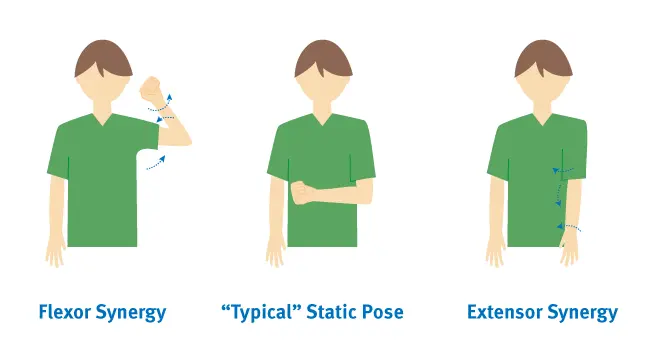
Flexion synergy for upper limbs: Shoulder girdle retraction, elevation with shoulder abduction, outward rotation, supination, flexion of the elbow, wrist, and finger.
Flexion synergy lower limb includes knee flexion, dorsiflexion, inversion, hip flexion abduction, and lateral rotation.
Upper limb extension synergy is protraction and depression of the shoulder girdle, shoulder adduction, internal rotation, elbow extension, pronation, wrist and finger flexion.
It is important to understand that synergy is not the same as the abnormal movement (Trick movement ) conduct that a hemiparesis patient exhibits. The combination of the strongest flexor and extensor synergy components in both the upper and lower limbs causes the aberrant hemiplegic attitude.
Voluntary Control Grading For Assessing Synergy Patterns:
- GRADE 0: ABSENT CONTRACTION
GRADE 1: PRESENT CONTRACTION FLICKER OR MOVEMENT INITIATION - GRADE 2: ABNORMAL PATTERN OR HALF THE RANGE OF MOTION IN SYNERGY
- GRADE 3: COMPLETE MOTION IN ABNORMAL PATTERN OR SYNERGY
- GRADE 4: THE FIRST HALF OF THE RANGE IS DONE IN PATTERN, THE LATTER HALF IN ISOLATION
- GRADE 5: COMPLETE MOTION IN ISOLATION, BUT WHEN RESISTANCE IS PROVIDED, IT GOES INTO PATTERN
- GRADE 6: ENTIRE MOTION ISOLATION AGAINST RESISTANCE DETAILS.
It’s crucial to remember that voluntary control grading is only one element of a thorough assessment of motor function in those suffering from diseases like cerebral palsy and hemiplegia. A more comprehensive picture of a person’s motor abilities is said to be provided by additional elements such as muscle tone, reflexes, coordination, and functional abilities.
FAQs
What is controllable voluntarily?
muscle of the skeleton. The three basic types of muscle are skeletal muscle, smooth muscle, and heart muscle. This type of striated muscle tissue is controlled voluntarily by the somatic nervous system.
What does a voluntary movement look like?
motions that a person directly controls with their will are referred to as voluntary motions. The skeletal muscles are in charge of these. For instance, moving, speaking, dancing, etc.
What muscle is voluntary?
Skeletal muscles that contract and relax under conscious control are known as voluntary muscles. These muscles connect to the bones and regulate movement throughout the body. Conversely, involuntary muscles are not controlled by consciousness.
What controls a voluntary reaction?
Which brain regions are responsible for both deliberate and involuntary muscular movements? While other brain regions, including the hypothalamus, are in charge of involuntary muscles, the motor cortex is in charge of controlling voluntary muscles.
What is the system of voluntary control?
The somatic nervous system, a branch of the peripheral nervous system, controls voluntary movements of the body through the skeletal muscles.
In what way may the lack of control be confirmed?
The patient is given explicit instructions to carry out the intended action and refrain from moving at any other joint. Sitting is the ideal posture for UL. The ideal posture for LL is sideways and supine. Maintain the limb in the neutral or anti-synergy pattern during any movement.
What four motor control levels are there?
Every movement in a hierarchically organized system is governed by a variety of structures. In the hierarchy, the structures comprising the four basic tiers of the motor system are arranged from lowest to highest level:
spinal cord
The brainstem
The main motor cortex
The cortical connection.
Which muscles are involved in voluntary control?
Voluntary muscles are skeletal muscles that may be actively used to control movement and connect to the bones. Typical voluntary skeletal muscles are the biceps muscle, triceps muscle, lats muscle, abdominals muscle, glutes muscle, quadriceps muscle, and hamstring muscle.
How can voluntary motor control be verified?
The Fugl-Meyer Assessment (FMA) can be used to evaluate the VMC in stroke patients. The evaluation scale includes distinct domains for upper and lower extremities (sensory and motor), balance (trunk control), and both. The upper and lower extremity motor functional tests are based on Brunnstrom’s phases of stroke recovery.
What is grading under voluntary control?
The patient’s motor function is evaluated using this voluntary control grade. Due to this residual disability, most stroke survivors find it difficult to continue being independent when it comes to ADLs and ambulation. The FIM scale was used to rate daily living activities.
References
- Physiotherapist, B. (2023b, December 13). Voluntary control grading: Uses, Method, Interpretation. Mobile Physiotherapy Clinic. https://mobilephysiotherapyclinic.in/voluntary-motor-control-grading/

